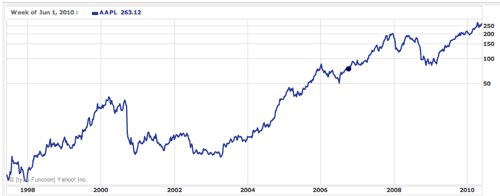Update: This was originally posted as part of our “Profitable & Proud” series but commenters rightly pointed out that Shopify’s angel investor broke the “no funding” rule that is part of the series. We’ll leave the interview up but we’re removing it from the P&P series. We’re sorry about confusing our readers and Shopify (we are the ones who originally approached them about participating). Thanks to all who pointed out the error and stay tuned for another P&P profile that fits the bill.
Q&A with Tobias Lütke of Shopify:
What does Shopify do?
The short version is that Shopify allows people with great products to create awesome online stores that do those products justice.
The long version is that Shopify is our idea of how an online store should be run. We originally started the company not to create an online store system, but rather to sell snowboards. Back in the day, we hoped we would find software that would allow us to run our store on the Internet; we never found anything close to what we wanted, so we built it ourselves.
How successful is your business?
Certainly, we’ve always been pretty transparent with our numbers. We have about 6000 active merchants ( selling products this week ) from over 60 different countries. Collectively, they have sold over $100m in products in the last year.
In terms of our own business; I can’t really share our actual revenues but it’s in the multiple millions. We recently won some recognition as Ottawa’s fastest growing company. We have been profitable since 2008.
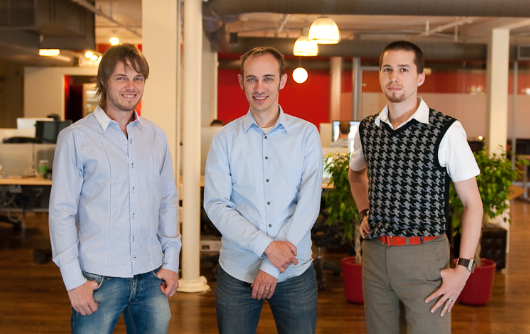
Cody Fauser, Tobi Lütke, Daniel Weinand.
You originally started a snowboard business called Snowdevil. How did you decide to start that? How did that lead to Shopify?
To tell you the truth, the main reason I wanted to start a retail store was because of programming burnout. I had just moved to Canada a year before and was still working for a startup company in Germany. I disliked remote work and found the job isolating, not to mention we did a lot of software development in Java. We mainly worked on financial backend software – the driest of the dry kind of stuff. What I was drawn to was retail and the margins that could be had in the right niches. I also thought that online retail had been implemented poorly thus far. This was in 2004.
So the idea was to use my technical expertise to give me some leverage in creating an online store. The idea at the time was that this would eventually let me earn my money, without having to do any programming. I loved programming, but I decided back then that I wanted to recover it as a hobby, instead of a day job.
I set up our online store based on a variety of different systems such as Miva, OsCommerce and Yahoo stores. Truth be told, all those systems made my skin crawl because of how bad they were. The final straw was when I got a custom design made for my snowboard store and I couldn’t get it to work in Yahoo stores. We had this great CSS based layout done with all these new fanged “web standards” and the customizability of Yahoo Stores barely allowed me to change the background color of the top frame (!!!).
In a moment of utter disgust, I got an IM from a friend who told me about this Ruby on Rails thing that David just released. I downloaded it, fell in love with it, and decided it wasn’t programming that I was burned out on; it was programming in uninspired programming languages. With my newfound enthusiasm and tools, I spent 2 months building our own Snowdevil store software.
We had a great season of sales in 2004 and turned a profit, but at this point we had the itch to fix the broken e-commerce industry and create a software that merchants and designers would truly love. I’d say we spent slightly too long working on Shopify before its first release, but ecommerce is complicated, so it took about 1 1/2 years from this point until Shopify’s release in 2006.
In the end, Shopify is the software that I hoped to find in 2004 for Snowdevil.
How did you fund yourself at first? Did you ever consider taking on any investors?
We had a tiny bit of money from the profit of the Snowboard sales. Other than that we essentially funded it by ignoring money. My co-founder Scott and I didn’t take salaries until well after the launch. My wife and I moved in with her parents and kept costs down. I also had some savings from my job in Germany, and friends & family chipped in a bit in exchange for some equity.
We ended up taking an investment from an angel investor, who just called us up one day because he heard about our company. This is certainly an outlier, but taking this investment from John H. Phillips was probably the best decision we ever made. Apart from allowing us to meet payroll for the first year, he has spent countless hours teaching me all the things I needed to know about running a company. Without him, we simply could not have survived the years and would not be around today.
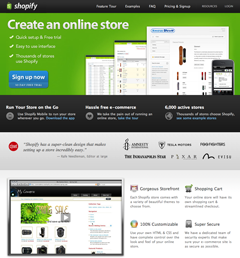 We use Ruby on Rails, we are in the ecommerce space, and we are profitable. That seems to make us a Perfect 10 in the VC world. I’ve spent a lot of time talking to potential investors and meeting with them in person. Contrary to their reputation, I’ve found VCs to be some of the nicest, insightful and kindest people I’ve met. Many of them made introductions that have lead to lasting business advantages, even without any immediate benefit to themselves.
We use Ruby on Rails, we are in the ecommerce space, and we are profitable. That seems to make us a Perfect 10 in the VC world. I’ve spent a lot of time talking to potential investors and meeting with them in person. Contrary to their reputation, I’ve found VCs to be some of the nicest, insightful and kindest people I’ve met. Many of them made introductions that have lead to lasting business advantages, even without any immediate benefit to themselves.
That said, at the end of the day, our company has been built and bootstrapped. We won this battle. This is the battle that VCs usually help you win. I see private equity as a tool – probably one of the most sophisticated and effective tools if you happen to have the particular problem it solves – but still only one among many options. Luckily, we are at the point where we can self-finance our ambitions. I don’t rule out that we might take an investment in the future, especially if we are up to something particularly costly, but I have no immediate plans.
Continued…

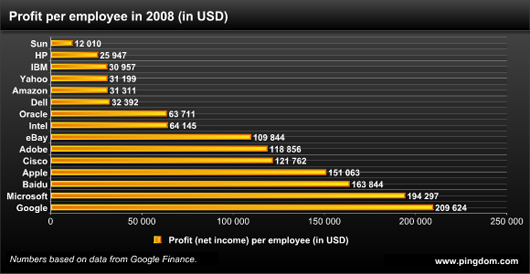
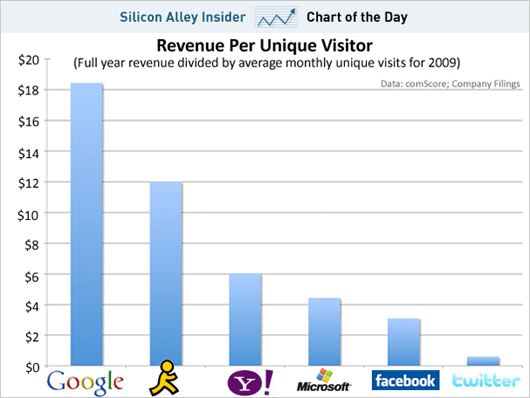
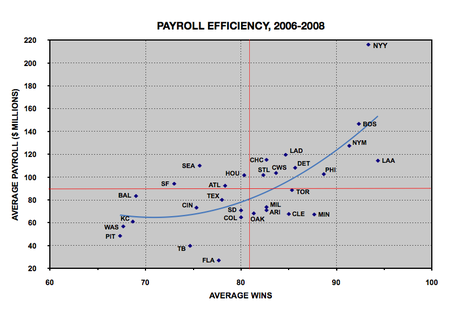

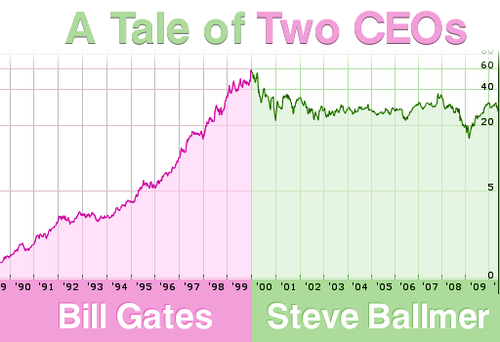 Chart by Erik Pukinskis of
Chart by Erik Pukinskis of 